Growing A Self Sufficient Garden - Plant A Self Sustaining Food Garden
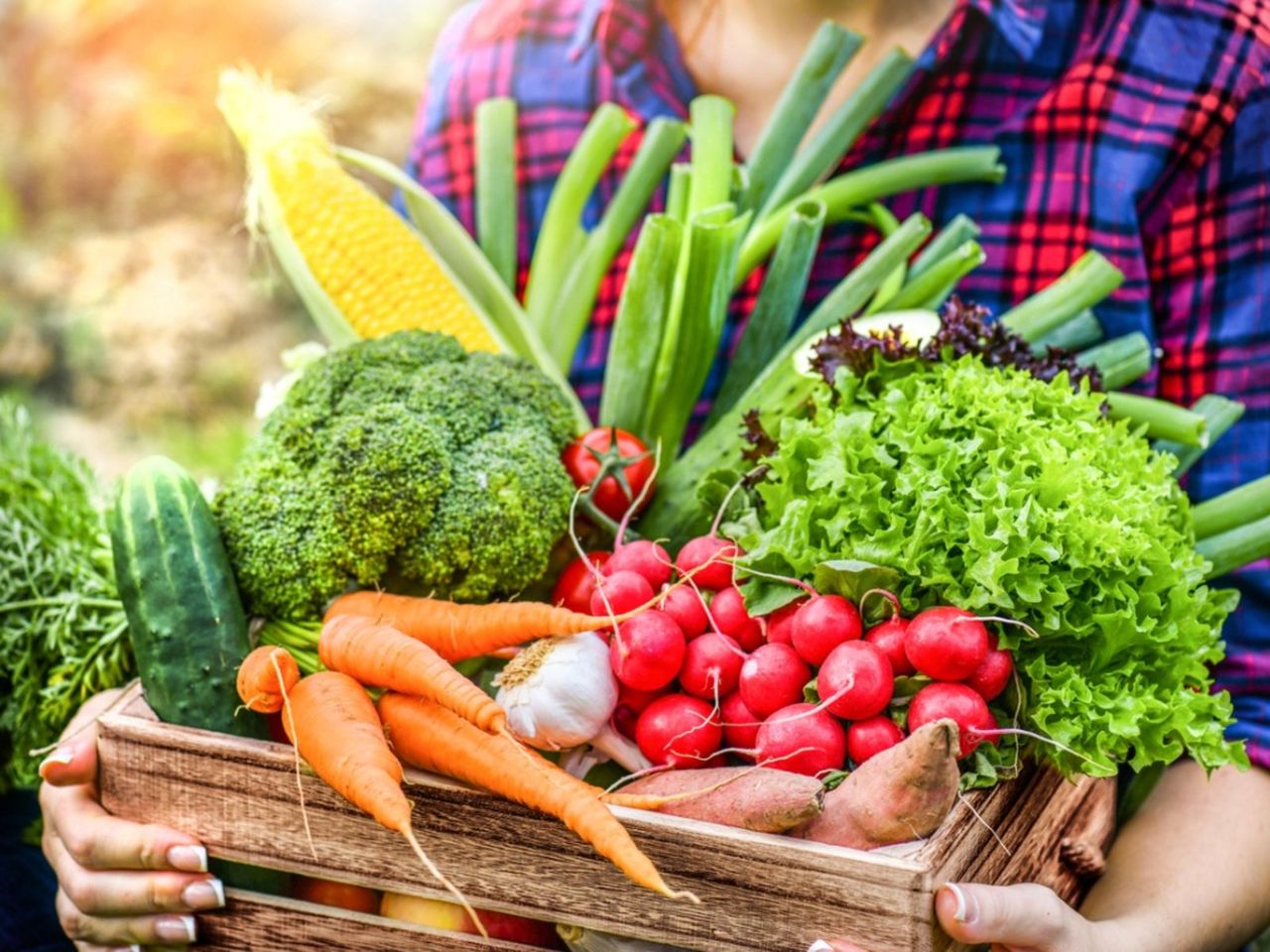

No doubt, we've all come to realize that we don't need to live in an apocalyptic, zombie-filled world for disruptions in consumer goods to occur. All it took was a microscopic virus. The COVID-19 pandemic, with its food shortages and shelter-in-place recommendations, has led more people to recognize the value of growing a self-sufficient garden. But what is gardening self-sufficiency and how does one go about making a self-reliant garden?
The Self-Sustaining Food Garden
Simply put, a self-reliant garden provides all or a significant portion of your family's produce needs. Not only does growing a self-sufficient garden reduce dependency upon the commercial food chain, but knowing we can provide for ourselves and our families in a time of crisis is downright satisfying.
Whether you're new to gardening or you've been at it for years, following these tips will help when planning a self-sufficient garden.
- Choose a sunny location – most vegetable plants require 6 or more hours of direct sunlight per day.
- Start slow – When first starting a self-sustaining food garden, focus on a handful of your favorite crops. Growing all the lettuce or potatoes your family needs for a year is an excellent first-year goal.
- Optimize the growing season – Plant both cool and warm season veggies to stretch out the harvest period. Growing peas, tomatoes and Swiss chard can give your self-reliant garden three seasons of fresh food.
- Go organic – Compost leaves, grass and kitchen scraps to reduce your reliance on chemical fertilizer. Collect rainwater to use for irrigation.
- Preserve food – Increase gardening self-sufficiency by storing that peak of harvest abundance of produce for the off-season. Freeze, can or dehydrate excess garden vegetables and grow easy-to-store produce like onions, potatoes and winter squash.
- Successive sowing – Don't plant all your kale, radishes or corn at the same time. Instead, extend the harvest period by sowing a small amount of these veggies every two weeks. This allows these feast or famine crops to reach maturity over several weeks or months.
- Plant heirloom varieties – Unlike modern hybrids, heirloom seeds grow true to type. Sowing vegetable seeds you collected is another step towards gardening self-sufficiency.
- Go homemade – Repurposing plastic containers and crafting your own insecticidal soaps saves money and reduces your reliance on commercial products.
- Keep records – Track your progress and use these records to improve your gardening success in future years.
- Be patient – Whether you're building raised garden beds or amending the native soil, reaching total gardening self-sufficiency takes time.
Planning a Self-Sufficient Garden
Not sure what to grow in your self-sustaining food garden? Try these heirloom vegetable varieties:
- Asparagus – 'Mary Washington'
- Beets – 'Detroit Dark Red'
- Bell Pepper – 'California Wonder'
- Cabbage – 'Copenhagen Market'
- Carrots – 'Nantes Half Long'
- Cherry tomatoes – 'Black Cherry'
- Corn – 'Golden Bantam'
- Green beans – 'Blue Lake' pole bean
- Kale - 'Lacinato'
- Lettuce – 'Buttercrunch'
- Onion – 'Red Wethersfield'
- Parsnips – 'Hollow Crown'
- Paste tomato – 'Amish Paste'
- Peas – 'Green Arrow'
- Potatoes – 'Vermont Champion'
- Pumpkin – 'Connecticut Field'
- Radish – 'Cherry Belle'
- Shelling beans – 'Jacob's Cattle'
- Swiss chard – 'Fordhook Giant'
- Winter squash – 'Waltham butternut'
- Zucchini – 'Black Beauty'
Gardening tips, videos, info and more delivered right to your inbox!
Sign up for the Gardening Know How newsletter today and receive a free copy of our e-book "How to Grow Delicious Tomatoes".

Laura Miller has been gardening all her life. Holding a degree in Biology, Nutrition, and Agriculture, Laura's area of expertise is vegetables, herbs, and all things edible. She lives in Ohio.
-
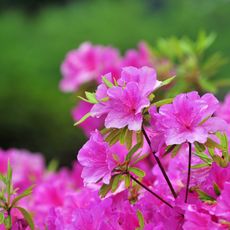 Ideal Azalea Water Requirements – For Lush, Healthy Shrubs That Will Thrive For Years
Ideal Azalea Water Requirements – For Lush, Healthy Shrubs That Will Thrive For YearsWhat are an azalea's water requirements? Learn how to keep these beautiful spring-blooming shrubs happy and healthy in your yard or container garden.
By Amy Grant
-
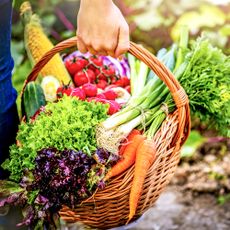 7 Vegetables To Plant In April: Start Indoors Or Outside For A Bumper Summer Harvest
7 Vegetables To Plant In April: Start Indoors Or Outside For A Bumper Summer HarvestAchieve your growing ambitions with these best vegetables to plant in April – including cold-hardy crops to sow direct and tender varieties to start indoors
By Mary Ellen Ellis
-
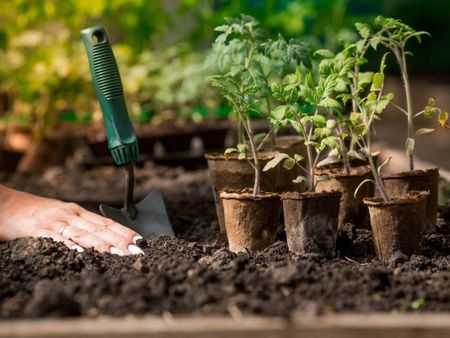 How Many Vegetables To Plant Per Person For A Year
How Many Vegetables To Plant Per Person For A YearGauging how much to plant in a vegetable garden can eliminate waste while still producing enough for your family. Click for more.
By Bonnie L. Grant
-
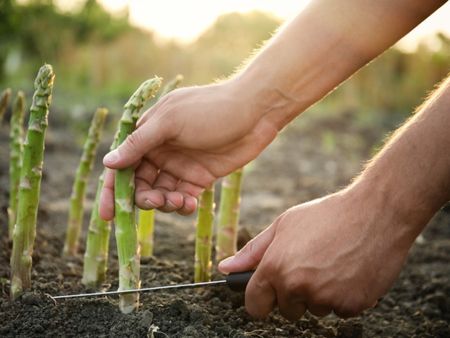 13 Perennial Fruits And Vegetables You Only Have To Plant Once
13 Perennial Fruits And Vegetables You Only Have To Plant OnceLooking to set it and forget it? Find out which fruits and vegetables can be grown as perennials.
By Laura Miller
-
 11 Edible Plants For A Year-Round Garden In A Bucket
11 Edible Plants For A Year-Round Garden In A BucketWant to know how to grow food inside your house and which foods do best indoors? Click here to learn all about it.
By Bonnie L. Grant
-
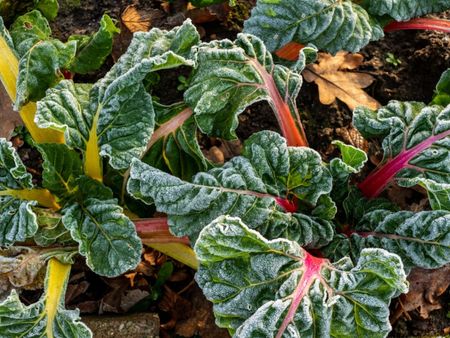 Frost Tolerance Of Vegetables From Least To Most Hardy
Frost Tolerance Of Vegetables From Least To Most HardyHow cold can vegetables tolerate? Knowing which veggies will survive frosts and freezes is essential for the success of your garden. Click here for more.
By Laura Miller
-
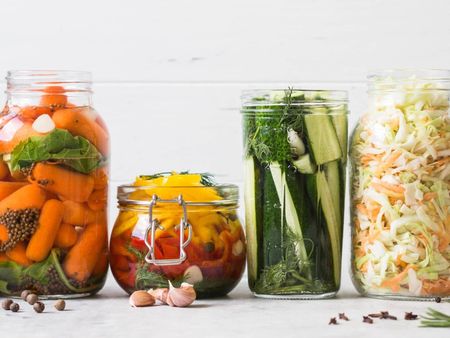 Best Vegetables To Pickle Straight From The Garden
Best Vegetables To Pickle Straight From The GardenPickles aren’t limited to just cucumbers. Read on for tips on pickling your fresh veggies.
By Amy Grant
-
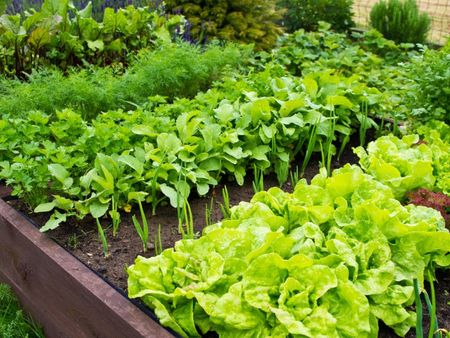 Benefits Of Planting In Fall Vs. Spring Vegetable Plots
Benefits Of Planting In Fall Vs. Spring Vegetable PlotsLearn why some vegetables do better if you plant them in fall instead of spring.
By Laura Miller
-
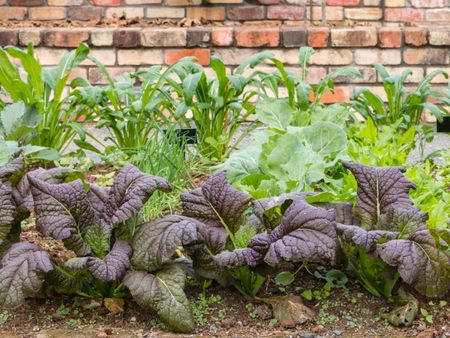 Interplanting Vegetables In The Fall Garden
Interplanting Vegetables In The Fall GardenLearn all about the benefits of interplanting vegetables for your fall garden.
By Laura Miller
-
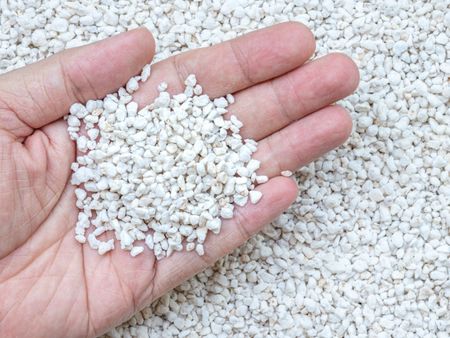 Best Vegetables For Growing In Perlite
Best Vegetables For Growing In PerlitePerlite is a natural growing medium that comes from super-heated volcanic glass. In some cases, it works better than soil. Read on for more info.
By Laura Miller